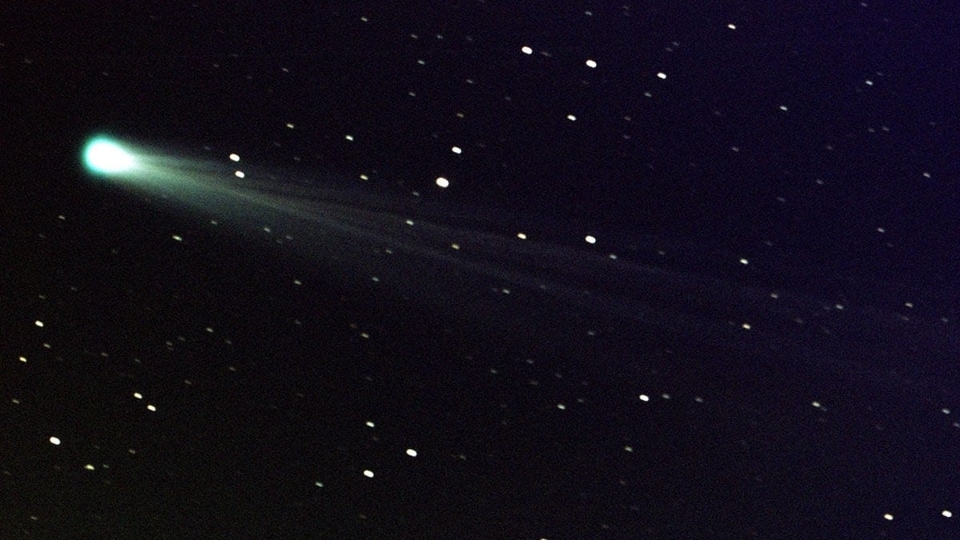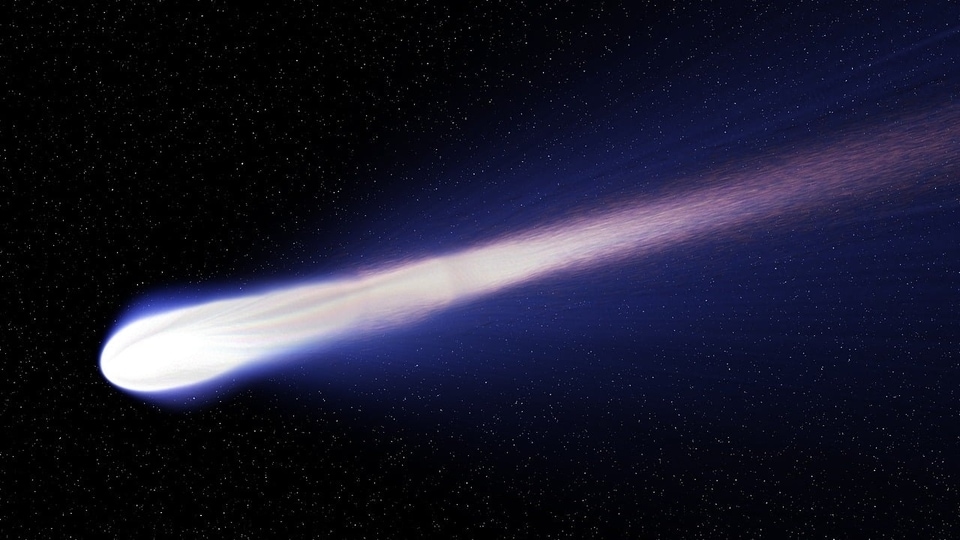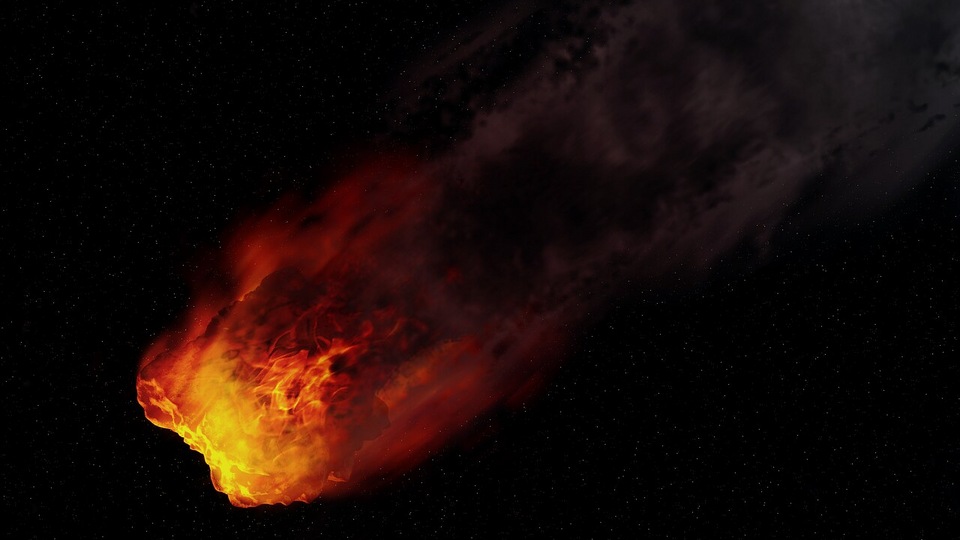Aircraft-sized asteroid to pass Earth today, reveals NASA
NASA has revealed details about an upcoming close encounter with an Aten-group asteroid that will pass by Earth today, November 16. Check details such as its speed, distance, and more.






 View all Images
View all ImagesWith its vast number of ground and space-based telescopes and observatories, NASA has discovered as many as 1298148 to date, and one of them is predicted to pass Earth by a close margin today, November 16. NASA's Center for Near-Earth Object Studies (CNEOS) has designated this space rock as Asteroid 2023 VL5. During its flyby, it will come as close as 3.2 million kilometers from the planet's surface. Know all about this close encounter with Asteroid 2023 VL5.
Asteroid 2023 VL5: Details of close approach
NASA has revealed that Asteroid 2023 VL5 is approaching Earth in its orbit at a breakneck speed of 29595 kilometers per hour, which is much faster than a hypersonic ballistic missile. As per the space agency, this asteroid is not big enough to be classified as a Potentially Hazardous Object. A celestial body has to be around 492 feet wide and pass Earth at a distance closer than 7.5 million kilometers to be considered a Potentially Hazardous Object. On the other hand, Asteroid 2023 VL5 is 76 feet wide, making it almost as big as an aircraft.
It belongs to the Aten group of asteroids, which are Earth-crossing Near-Earth Asteroids (NEAs) with semi-major axes smaller than Earth's. They are named after the asteroid 2062 Aten and the first of its kind was discovered by American astronomer Eleanor Helin at Palomar Observatory on January 7, 1976.
The asteroid made its first-ever close approach to Earth on June 14, 1900, at a distance of 3.1 million kilometers. After today, the asteroid will come close to Earth just next year on November 14, when it will pass by a distance of 3.6 million kilometers.
Asteroids found hiding behind the Sun
Most of the asteroids are found in the main asteroid belt located between Mars and Jupiter, and they can easily be observed with the help of advanced ground and space-based telescopes. However, scientists have now found 3 elusive asteroids hiding behind the glare of the Sun!
According to NASA, one of them is the largest object that is potentially hazardous to Earth to be discovered in the last eight years. To find and observe them, a team used the Dark Energy Camera (DECam) mounted on the Victor M. Blanco 4-meter Telescope in Chile, a Program of NSF's NOIRLab. The region around the Sun is an extremely challenging place to locate celestial objects as astronomers have to deal with the Sun's glare.
Catch all the Latest Tech News, Mobile News, Laptop News, Gaming news, Wearables News , How To News, also keep up with us on Whatsapp channel,Twitter, Facebook, Google News, and Instagram. For our latest videos, subscribe to our YouTube channel.





























